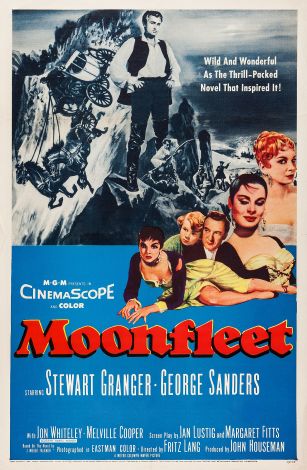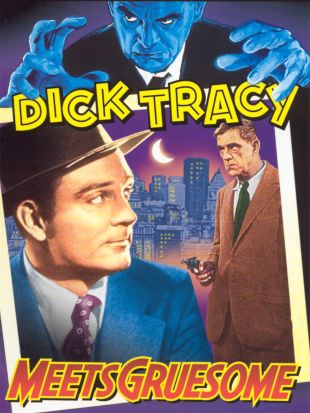Once seen in close-up (or even in a medium shot), Skelton Knaggs, with his outsized head, large eyes, and prominent ears, is seldom forgotten by filmgoers; for two decades, from the mid-'30s until his death in 1955, directors loved to use Skelton Knaggs to dress a horror set or establish a menacing mood in a thriller with his mere presence in a shot.
A character actor with a unique name and specialty, British-born Skelton Knaggs was an expert in half-wit roles, but that was only a small part of his range onscreen. With his small stature and oversized head and features, he could look demented or just plain sinister. A graduate of the Royal Academy of Dramatic Art, Knaggs established himself in London on stage in William Shakespeare's Cymbeline and made appearances in various British films of the 1930s, including roles in Victor Saville's South Riding and Michael Powell's The Spy in Black. He made his first appearance in an American film in Victor Halperin's grisly thriller Torture Ship, playing one of the criminals on whom well-intentioned (but quite mad) scientist Irving Pichel plans to perform glandular experiments, but he soon moved up to higher budgeted films from the major studios, although still almost inevitably in sinister roles. Knaggs' career reached a peak in the mid-'40s, when he worked in supporting roles in ambitious major studio films such as None but the Lonely Heart (a fascinating but failed attempt at a serious drama by Cary Grant) and unusual independently made features like Douglas Sirk's early Hollywood effort Thieves' Holiday, while also making the rounds of such popular medium-budget Universal Pictures productions as House of Dracula, The Invisible Man's Revenge, and Terror By Night. The latter, the penultimate entry in the Basil Rathbone/Nigel Bruce Sherlock Holmes series at Universal, gave him a notably prominent role as the diminutive train-bound assassin, stealthily murdering his victims and disappearing from sight. He also worked at 20th Century Fox in such high profile movies as The Lodger and Forever Amber, but it was in small- and medium-scale films that Knaggs usually stood out. In all, his work was confined to an unsual body of movies right to the year of his death, in which he appeared in Fritz Lang's widescreen swashbuckler Moonfleet (which was almost more a period thriller than a costume adventure story), at MGM. Knaggs was typed in malevolent supporting parts from the outset of his Hollywood career, and the nearest that he ever got to a starring role came about when one producer -- Val Lewton -- decided to play off that image in the 1943 psychological chiller The Ghost Ship. Knaggs' character, a mute seaman, narrates the film's key sections with an internal voice-over monologue that is more hissed than spoken, leading the audience down all manner of strange psychological paths around the script's action; Knaggs' seaman ultimately rescues the hero from near-certain death. Even this was an offbeat lead role and unfortunately, as a result of a lawsuit, The Ghost Ship (and with it Knaggs' most interesting and fully realized screen performance) was withdrawn from distribution soon after release in 1944 and suppressed for 50 years, until the mid-'90s.


